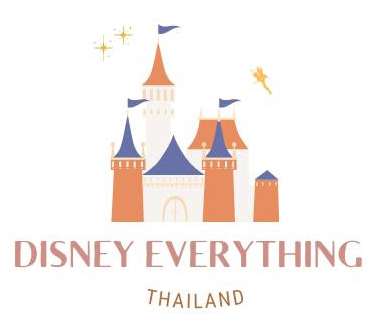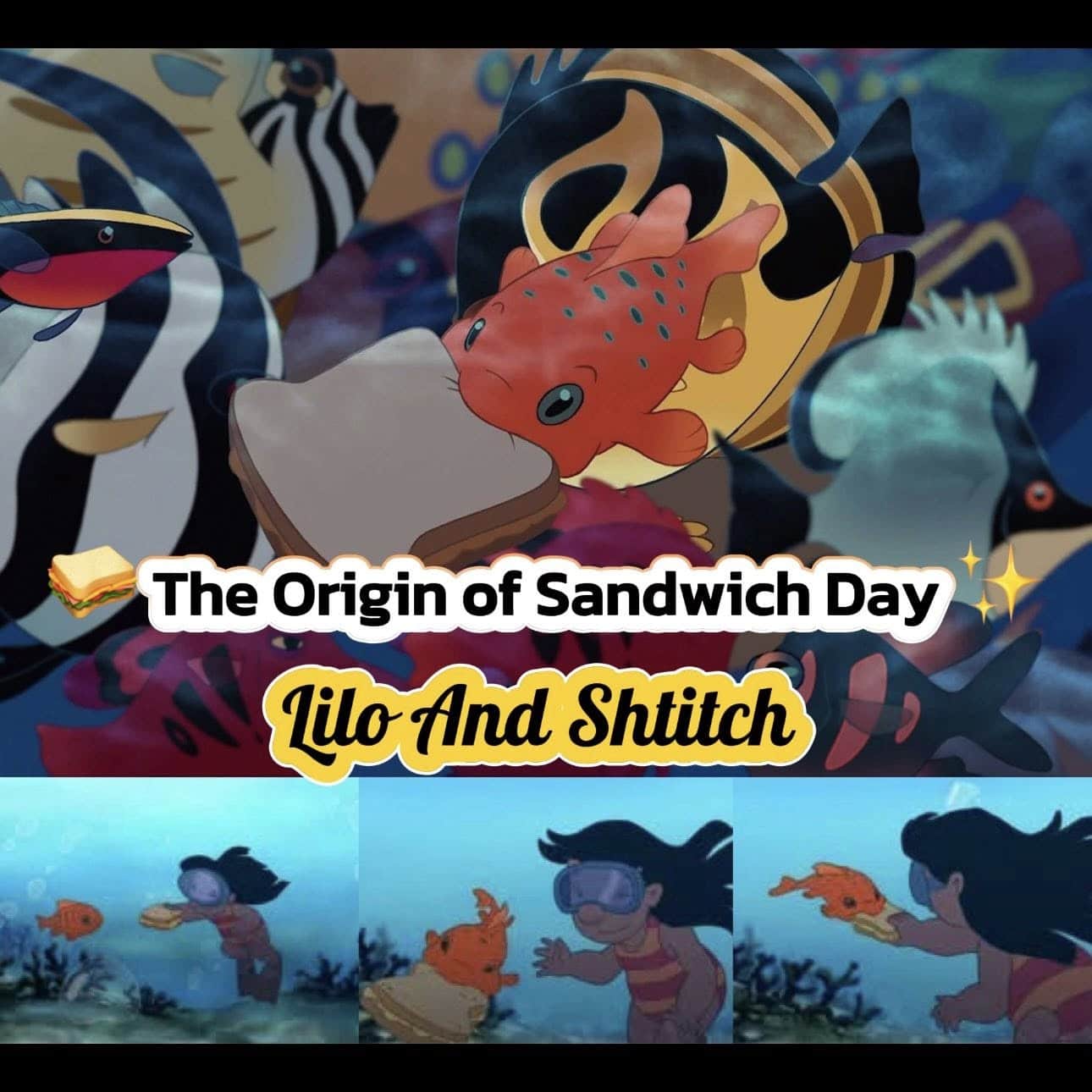Alice’s Adventures in Wonderland by Lewis Carroll is more than just a whimsical tale — it’s a literary masterpiece rich in poetic language, clever wordplay, and sharp social commentary reflective of the Victorian era. One of the most iconic scenes in the story — Alice chasing the White Rabbit — is far more than the whimsical beginning of her fantastical journey. It subtly presents a profound philosophical tension between childhood and adulthood, encapsulated in the symbolic contrast between Alice and the Rabbit. Through these characters, Carroll offers an insightful reflection on the divide between the innocence of youth and the rigid expectations of the adult world.

Alice and the White Rabbit: A Life Philosophy Told Through Two Opposing Archetypes
The White Rabbit — dressed in a suit, clutching a pocket watch, and anxiously muttering, “No time to say hello, goodbye! I’m late! I’m late! I’m late!” — is more than just a curious character. He’s a symbolic reflection of adulthood consumed by time and urgency. Representing the grown-up world, he wears proper attire, carries a ticking reminder of passing hours, and rushes through life without pausing to greet others or admire the beauty around him. He races past blooming flowers in a garden, seeing them not as moments to savor, but as distractions — frivolous things that only waste precious time.


In contrast, Alice — the curious little girl — represents the essence of childhood: filled with wonder, questions, and unfiltered curiosity. Unlike the Rabbit, she is not yet bound by rules, timetables, or the weight of societal expectations. When she sees a well-dressed rabbit talking to himself and rushing off, her first instinct isn’t to judge or ignore — it’s to follow. 🐇✨ She doesn’t calculate consequences or worry about wasting time; she simply wants to know where he’s going. That instinctive pursuit of the unknown reflects a child’s natural drive to explore, to ask, and to discover without fear or hesitation. 🌈🔍
The Philosophical Meaning Behind Two Opposing Characters
The journey of Alice and the White Rabbit highlights a sharp contrast between two different worlds — not just visually or in narrative tone, but in their underlying philosophies of life.
🐇 The White Rabbit represents the adult world under capitalism — always racing against the clock, anxious about the future, and too busy to notice the present moment. He’s obsessed with being “on time,” even when he’s unsure what he’s actually rushing toward. He’s the embodiment of a life dictated by schedules, obligations, and expectations.
👧 Meanwhile, Alice embodies the spirit of childhood — unbound by time, driven by curiosity, and guided by imagination. She isn’t chasing promotions, appointments, or status. Instead, she chases wonder. Her decision to follow a talking rabbit down a hole — something no “rational” adult would do — opens up an entire world of discovery, learning, and self-reflection.
That moment of decision — to follow the rabbit or to dismiss him as nonsense — is, perhaps, the key message Lewis Carroll wanted to leave with us. Because if Alice had chosen to think like an adult, labeling it all as a waste of time, she would have missed Wonderland altogether. She would’ve stayed rooted in a predictable world, never knowing what lay beyond the ordinary.
And maybe that’s what Carroll is really saying: Don’t let adulthood erase the child within you. Sometimes, it’s not logic or productivity that leads us to something meaningful, but a sense of wonder — the willingness to step off the beaten path, even when it doesn’t “make sense.”🌟
In this way, Alice’s Adventures in Wonderland isn’t just a children’s tale. It’s a mirror held up to adults, reminding us to strike a balance between the responsibility of time and the richness of living in the present. The tension between Alice and the Rabbit isn’t just generational — it’s internal. It’s a quiet struggle that lives within all of us: the pull between surrendering to the rigid rules of society or preserving the part of us that can still dream, wonder, and explore.
💫 Perhaps the childlike part we’re told to outgrow is actually the very compass we need to navigate a complex world with meaning.

Disney Fun Fact Corner — English Phrases from Alice in Wonderland
The phrase “Down the rabbit hole” might sound whimsical and mysterious — and it should! This quirky expression comes straight from Alice in Wonderland. It’s used to describe a situation where someone unintentionally finds themselves pulled into something strange, complex, or unexpected, and often ends up completely lost in it for a long time.
🐇 These days, it’s commonly used to describe what happens when you’re scrolling the internet or researching something and suddenly — BAM! — you stumble upon an oddly fascinating topic that keeps pulling you deeper and deeper. You click one link, then another, and another… until you’re in a completely different world, wondering, “Wait — how did I even get here?”
💻 (True story: I go down the rabbit hole all the time while researching topics for this page. Like, I start with fairy tales and end up reading medieval tax records or Icelandic elf rituals at 2 a.m. 😵💫)
Another delightful phrase from Alice in Wonderland is “Chasing a White Rabbit.” At face value, it means literally running after a white rabbit — just like Alice did. But metaphorically, it refers to chasing something that seems urgent or important, only to find yourself lost, confused, and no better off than before. Think: spending hours obsessing over something that turns out to be meaningless. 😅
But there’s also a more positive take — sometimes it refers to diving into a strange but life-changing experience, much like Alice’s adventure in Wonderland. So whether it’s a dead-end obsession or the start of something magical… well, that depends on the rabbit 🐇 you’re chasing.
- All Posts
- CONTENT - EN
- Disney Cruise Ship
- Disney Resort EN
- Back
- About Shanghai Disney Resort
- Hotels at Shanghai Disney Resort
- Back
- Tokyo Disneyland
- Tokyo DisneySea
- Disney Hotels atTokyo Disney Resort
- Restaurants at Tokyo Disneyland
- Back
- Hotel - Hong Kong Disneyland Resort
- HKDL Restaurants
- Back
- Tokyo Disney Resort
- Shanghai Disneyland
- Hong Kong Disneyland Resort
- Tokyo Disneyland
- Tokyo DisneySea
- Disney Hotels atTokyo Disney Resort
- Restaurants at Tokyo Disneyland
- About Shanghai Disney Resort
- Hotels at Shanghai Disney Resort
- Hotel - Hong Kong Disneyland Resort
- HKDL Restaurants
- Back
- Hotels at Shanghai Disney Resort
- Back
- Restaurants at Tokyo Disneyland
- Back
- โตเกียวดิสนีย์รีสอร์ท TOKYO DISNEY RESORT
- ฮ่องกงดิสนีย์แลนด์ HONG KONG DISNEYLAND
- เซียงไฮ้ดิสนีย์แลนด์ Shanghai Disneyland
- โตเกียวดิสนีย์รีสอร์ท TOKYO DISNEY RESORT
- โตเกียวดิสนีย์แลนด์ l TOKYO DISNEYLAND
- โตเกียวดิสนีย์ซี TOKYO DISNEYSEA
- RESTAURANTS ร้านอาหารในโตเกียวดิสนีย์แลนด์
- ATTRACTICNS เครื่องเล่น
- DISNEY HOTEL โรงแรมในเครือดิสนีย์
- RESTAURANT ร้านอาหาร
- ATTRACTICNS เครื่องเล่น
- ATTRACTICNS เครื่องเล่น
- RESTAURANTS ร้านอาหาร
- DISNEY HOTEL โรงแรมในเครือดิสนีย์
- ATTRACTICNS เครื่องเล่น
- RESTAURANT ร้านอาหารเซียงไฮ้ดิสนีย์แลนด์
- DISNEY HOTEL โรงแรมในเครือดิสนีย์
- Back
- アトラクション
- 東京ディズニーランドのレストラン
- 東京ディズニーランドのレストラン

A food critic isn’t a villain — they’re the Power Behind Food, the invisible force that can shape reputations with a single bite. Not every sharp knife is in the kitchen; sometimes, it’s in the pen. From Taste to Fate: The Power Behind Food Critics In the animated film Ratatouille, we see just how powerful a food critic can be — powerful enough to end a chef’s career with a single review. Some people might brush it off and say, “Come on, it’s just a cartoon. That kind of thing doesn’t happen in real life.” And sure — if we’re...

In the world of fairy tales, the scene of fairies appearing at the celebration of a prince’s or princess’s birth is a familiar and iconic image. One of the most famous examples appears in the classic story of “Sleeping Beauty,” where each fairy bestows a magical gift upon the newborn princess. These blessings — such as beauty, grace, and kindness — symbolize not just good fortune, but the acknowledgment of the child’s royal blood and destined greatness. In these tales, the arrival of the fairies further reinforces the idea that royalty holds a sacred place in the natural and magical...

Have you ever wondered why, in so many fairy tales, magical creatures and special beings are always so quick to help princes and princesses? Why did the Seven Dwarfs let Snow White stay in their cottage without a second thought? Why do little birds and forest animals eagerly assist princesses whenever they’re in trouble? Why do unicorns allow only royal figures to approach them?The answer lies in an ancient belief — the idea of “blue blood,” a symbol of royal lineage believed to carry not just noble status, but a kind of innate purity, grace, and destiny that even nature...








